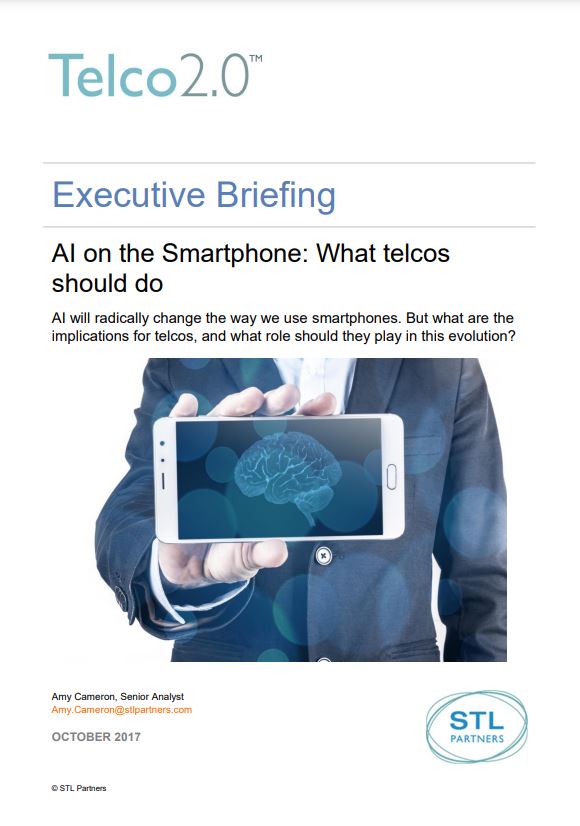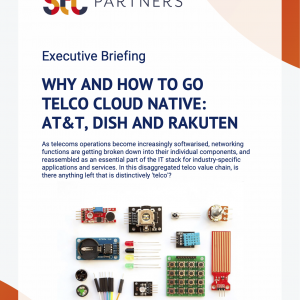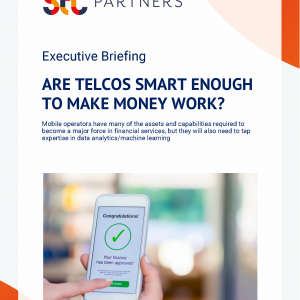AI on the Smartphone: What telcos should do
£1,000.00 excl VAT
Artificial intelligence (AI) is more powerful and affordable than ever, and the leading consumer-facing AI platforms – Google, Apple, Facebook and Amazon – are in an arms race to bring the technology to smartphones. AI will radically change the way people use smartphones, but what are the implications for data traffic and consumer expectations, and what role should telcos play in this evolution?
Description
Format: PDF filePages: 33 pagesCharts: 08Author: Amy CameronPublication Date: October 2017
Table of Contents
- Executive Summary
- Smartphones are the key to more personalised services
- Implications for telcos
- Introduction
- Defining artificial intelligence
- Moving AI from the cloud to smartphones
- Why move AI to the smartphone?
- How to move AI to the smartphone?
- How much machine learning can smartphones really handle?
- Our smartphones ‘know’ a lot about us
- Smartphone sensors and the data they mine
- What services will all this data power?
- The privacy question – balancing on-device and the cloud
- SWOT Analysis: Google, Apple, Facebook and Amazon
- Implications for telcos
Table of Figure
- Figure 1: How smartphones can use and improve AI models
- Figure 2: Explaining artificial intelligence terminology
- Figure 3: How machine learning algorithms see images
- Figure 4: How smartphones can use and improve AI models
- Figure 5: Google Translate works in real-time through smartphone cameras
- Figure 6: Google Lens in action
- Figure 7: AR applications of Facebook’s image segmentation technology
- Figure 8: Comparison of the leading voice assistants
Technologies and industry terms referenced include: AI, artificial intelligence, Augmented Reality, Cloud, consumer, data, hardware, IoT, Machine Learning, mobile, Networks, Privacy, Sensors, smartphone, telcos, Virtual assistant, Voice


